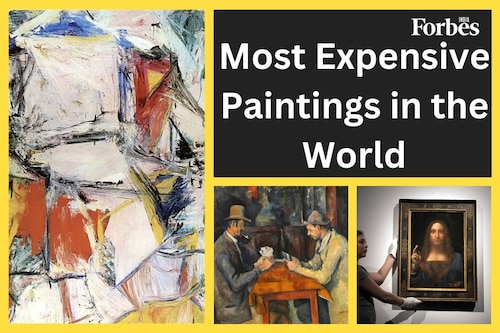Top 10 most expensive paintings in the world [2025]
Have you ever wondered which artworks command the highest prices? Let's explore the world's most expensive paintings and the stories behind them
By Forbes India
Last Updated: Sep 20, 2024, 09:00 IST1 min
